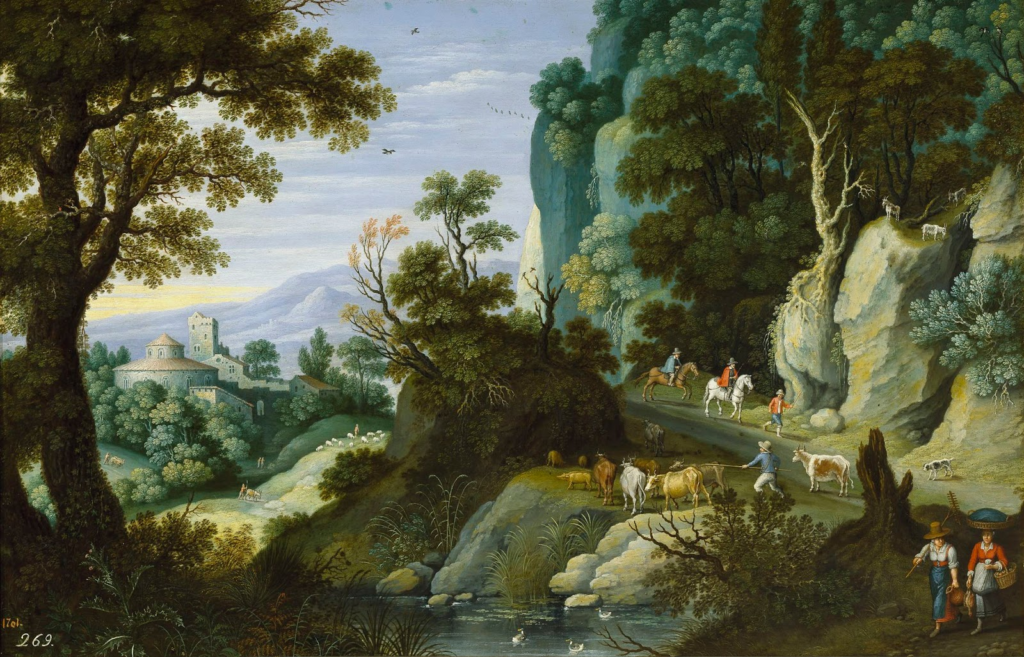A landscape is the visible features of an area of land, its landforms, and how they integrate with natural or human-made features, often considered in terms of their aesthetic appeal. The term “landscape” actually derives from the Dutch phrase landscape, which at the beginning meant “region, tract of land” however obtained the artistic connotation, “a image depicting surroundings on land” in the early 1500s (American Heritage Dictionary, 2000). landscape painting, the depiction of natural surroundings in art. Landscape art work may also capture mountains, valleys, our bodies of water, fields, forests, and coasts and might or might not include man-made structures as well as people.
When did landscape photography originate?
The earliest known evidence of a landscape photograph was taken between the years of 1826 and 1827. It was an urban landscape photo taken by a French inventor by the name of Nicephore Niepce.
16th Century
After the autumn of the Roman Empire, the culture of depicting natural landscapes declined, and the landscape become visible only as a setting for religious and figural scenes. This culture endured till the 16th century while artists started to view the landscape as a topic in its very own right.

17th Century
In the 17th century the classical landscape was born. These landscapes have been inspired by classical antiquity and sought to demonstrate a super landscape recalling Arcadia, a legendary area in historical Greece recognised for its quiet pastoral beauty. Portraits, genre (scenes of everyday life), still life, and landscapes have been visible as inferior topics for painting. Even as landscapes have become suited as topics in the 17th century, they have been still regularly created simply as settings for biblical, mythological, or historical scenes.

Late 18th Century into 19th Century
Landscape painting eventually gained prominence in the late 18th – 19th century with the rise of Romanticism, and often continued to carry a religious significance. Additionally, it became a method of self-expression, with the emotions of the painter and their appreciation of nature demonstrated in the painting.

20th Century
As the 20th century rolled in, the artwork of Landscape pictures turned into led through American photographers who had a sizeable and sundry landscape to play with. Their have an effect on can also had been because of the developing have an effect on of American cultural production and the frontier myths of appear destiny.

There are loads of different types of landscapes such as
- Mountain landscapes. We can see mountains, with narrow rivers, forests, villages and steep roads.
- Flat landscapes. We can see flat land, wide rivers, farms, cities and motorways.
- Coastal landscapes. We can see cliffs, the sea and tourist towns.

the top five basic elements of landscape is, line, form, texture, colour and scale.
